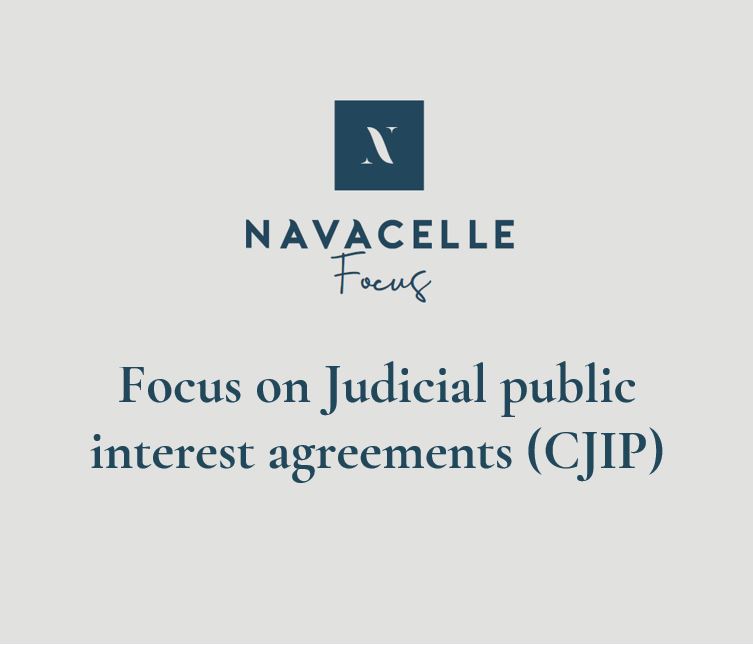- The Council of Europe Convention on the Transfer of Sentenced Persons
Applications for prisoners seeking transfer to/from France are normally processed under the Council of Europe (COE) Convention on the Transfer of Sentenced Persons (“the convention”)1 since both countries are signatories2.
The US signed the convention on March 21, 1983, ratified in on March 11, 1985 and it entered into force on July 1, 1985. France signed the convention on April 27 1983, ratified it on February 11, 1985 and it entered into force on July 1, 1985.
Under Article 2.2 of the Council of Europe Convention on the Transfer of Sentenced Persons, “a party sentenced in the territory of a Party may be transferred to the territory of another Party, in accordance with the provision of the Convention, in order to serve the sentence imposed on him. To that end, he may express his interest to the sentencing State or to the administering State in being transferred under the Convention. The transfer may be requested by either the sentencing State or the administering State”.
Therefore, a French citizen sentenced to prison in the US for 24 months could be transferred to France to serve out the remainder of his sentence after having served approximately six months in a US facility, provided that all conditions laid out in the convention are complied with.
The conditions for transfer are laid out in Article 3 of the convention:
“A sentenced person may be transferred under this Convention only on the following conditions:
- if that person is a national of the administering State;
- if the judgment is final;
- if, at the time of receipt of the request for transfer, the sentenced person still has at least six months of the sentence to serve or if the sentence is indeterminate;
- if the transfer is consented to by the sentenced person or, where in view of his age or his physical or mental condition one of the two States considers it necessary, by the sentenced person’s legal representative;
- if the acts or omissions on account of which the sentence has been imposed constitute a criminal offence according to the law of the administering State or would constitute a criminal offence if committed on its territory; and
- if the sentencing and administering States agree to the transfer.
- In exceptional cases, Parties may agree to a transfer even if the time to be served by the sentenced person is less than that specified in paragraph 1.c.
- Any State may, at the time of signature or when depositing its instrument of ratification, acceptance, approval or accession, by a declaration addressed to the Secretary General of the Council of Europe, indicate that it intends to exclude the application of one of the procedures provided in Article 9.1.a and b in its relations with other Parties.
- Any State may, at any time, by a declaration addressed to the Secretary General of the Council of Europe, define, as far as it is concerned, the term “national” for the purposes of this Convention”.
The sentencing state must ensure that the person required to give consent to the transfer does so voluntarily.3
The transfer of the sentenced person by the authorities of the administering State shall have the effect of suspending the enforcement of the sentence in the sentencing State and the sentencing State may no longer enforce the sentence.4
The authorities of the administering State shall continue the enforcement of the sentence immediately or through a court or administrative order or choose to convert the sentence into a decision of that State, thereby substituting for the sanction imposed in the sentencing State a sanction prescribed by the law of the administering State for the same offence.5
- The transfer proceedings in the US for a prisoner requesting his/her transfer to a prison in his home country6
Transfers of prisoners from the US to another country are regulated by the US International Transfer Program, which was established in the US in 1977 based on treaties permitting the transfer of prisoner from countries in which they had been convicted of crimes to their home countries.
The Prisoner Transfer Program itself is administered by the US Department of Justice. Once the department decides to transfer a prisoner, it will notify the prisoner’s home country of its decision in order for the respective authorities to review and make a decision as to the prisoner’s transfer.
If both the sentencing country and the receiving country approve the transfer, the inmate must formally consent to his transfer at a consent verification hearing in which a US Magistrate Judge determines that the prisoner understands the effect of his transfer and confirms that he consents to the transfer.7 All prisoners are assisted at these hearings by lawyers from the Federal Public Defenders or, if desired, by private counsel.8
The transfer proceedings differ somewhat depending on whether the prisoner is a federal prisoner or a state prisoner.
a. Federal prisoner
A federal prisoner who wishes to apply for transfer to a prison in his home country should contact his case manager at the institution where he is incarcerated and request that a transfer application package be prepared and forwarded to the International Prisoner Transfer Unit at the US Department of Justice. The application will be processed and a decision to approve or deny the transfer will be made.
The Federal Bureau of Prisons (‘BOP’) is responsible, in the first instance, for determining if a prisoner is eligible to apply for transfer. For a prisoner to be eligible, he must satisfy basic requirements imposed by transfer treaty relationships acceded to by the US, the federal implementing legislation and the receiving country. The basic requirements include:
- the prisoner must be a national of the country to which he or she is seeking transfer9
- the offense of conviction must also be a crime in the receiving country (dual criminality)10
- the judgment and sentence must be final
- there can be no pending appeals or collateral attacks on the judgment or sentence
- the sentencing country, the receiving country, and the prisoner must all consent to the transfer11
- a minimum period of time (typically six months) must remain to be served on the prisoner’s sentence at the time that the application is submitted to ensure that there is sufficient time to complete the transfer and that the transfer will achieve the goals of re-integration into the society of the receiving country
The applications from the eligible prisoners are then forwarded to the Office of Enforcement Operations (‘OEO’), in the Criminal Division of the Department. The OCO determines whether the applicant is a suitable candidate for transfer, taking into account the following considerations12:
- the fulfilment of the applicable treaty requirements
- the likelihood of social rehabilitation of the prisoner, if transferred
- strength of contacts with the sending and receiving countries
- length of time spent in both countries
- employment, education history and property ownership
- deportation/removal history and frequency and timing of returns
- acceptance of responsibility
- criminal history, seriousness of the offense
- criminal ties to the receiving country
- conduct of the prisoner while incarcerated
- prior prison transfer
- dual nationality of the prisoner
- law enforcement needs, interests, and concerns which can take precedence over social rehabilitation
- seriousness of the offense
- law enforcement and prosecutorial needs in the US which can include the need for prisoner’s testimony or cooperation against co-defendants in an ongoing investigation, before a grand jury or in a criminal trial, the prisoner having pending charges, detainers or investigations, law enforcement agents require further debriefing of the prisoner, the prisoner has unpaid restitution
- law enforcement interests of the receiving country
- public policy of the US
- renewed criminal activity in the receiving country
- possible sentencing disparity in the event that national security or law enforcement interests are implicated
- any compelling humanitarian concerns that directly impact the prisoner
- terminal illness or for example grave illness of a close family member
b. State prisoner
A state prisoner interested in transfer must find out from the appropriate state authorities what the procedures are in that state for applying for a prisoner transfer. All states have enacted legislation permitting them to participate in the international prisoner transfer program.
The application must be approved at the state level first, and then by the federal government. The federal government cannot compel a state to transfer a foreign national. If the state approves the transfer, it transmits the case to the Department for review.
Unless a treaty requirement has not been satisfied or a compelling federal interest is presented by the case, the Department generally defers to a state’s transfer decision, believing that the states are best equipped to assess if transfer would be consistent with state policy and the rights of any victims impacted by the crime.
- French legislation regarding international prisoner transfers to France
International prisoner transfers to France are regulated by French law n°84-1150 of 21 December 198413.
Upon arrival on French soil, the convicted prisoner is presented to the public prosecutor (procureur de la République) of the place of arrival.14 The public prosecutor can require the immediate enforcement of the sentence, because the sentence is directly and immediately enforceable on national territory for the part which remains to be served and the application of the sentence will be governed by the provisions of the French Code of Criminal Procedure.15
However, the convicted person does have two options available to him to reduce his sentence or even to be released. The person can request conditional release – if the legal conditions of the French Code of Criminal Procedure are met or ask for the reduction of his sentence or temporary release from prison. This will be decided on a case-by-case basis.
Article 728-4 of the French Code of Criminal Procedure can also apply in order to reduce a sentence issued abroad in the case of a sentence that is more rigorous than a sentence that could be issued in France for the same facts. In this case, the correctional court (tribunal correctionnel) of the place of detention seized by the prosecutor or the sentenced person, can convert the sentence or reduce the penalty. It must determine, within the length of the sentence that was left to serve in the sentencing country, the duration of the sentence to be executed.16














